#african hair braiding
Text
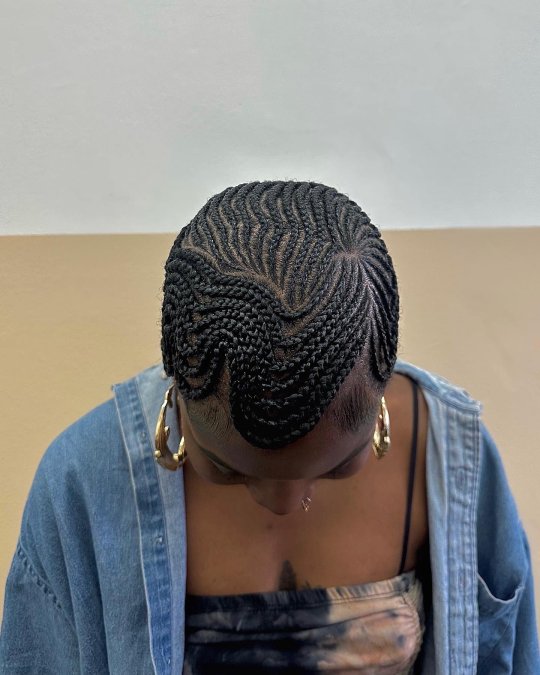
Braided Fingerwaves
1K notes
·
View notes
Photo

From du twist à Cocody ou l’art de la natte de Diby Yao Christophe, Abidjan, 1972.
830 notes
·
View notes
Text




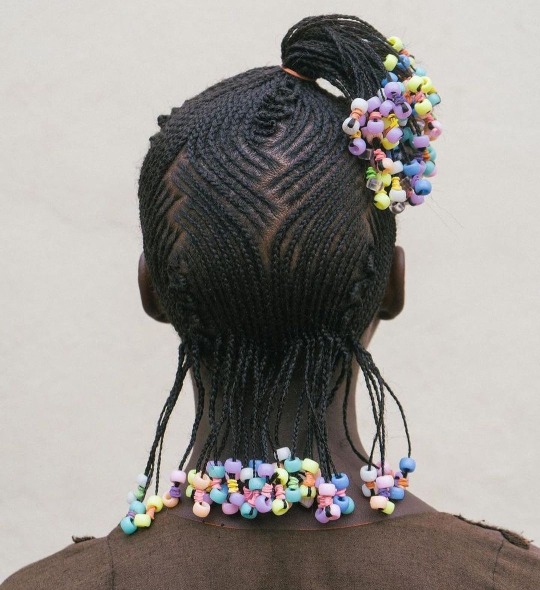
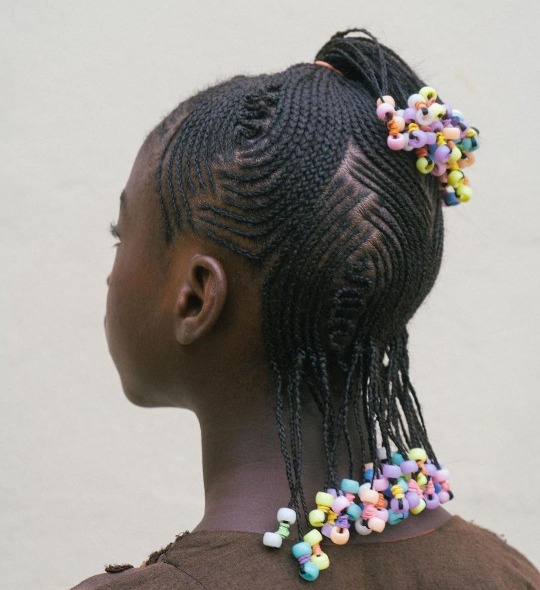
Afro hair series by ponzio
#african hairstyles#african hair braiding#hair inspiration#hair inspo#hair#braids#african braids#african culture#african tribes#photography#photoshoot#people#my upload#my uploads
846 notes
·
View notes
Text
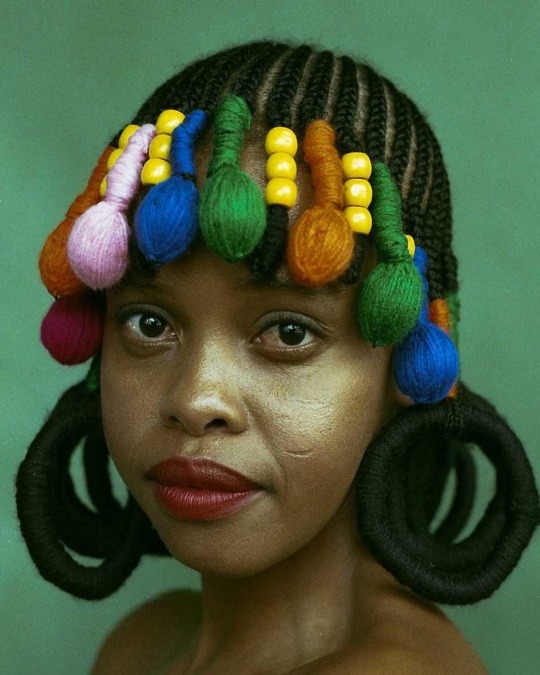
John Baloyi, Lititha 4 (2020). Courtesy of Dyman Gallery
#50s fashion#fashion campaign#editorial hair#90s runway#african hair braiding#Dyman gallery#photogtaphy#fashion photography#photographer#beautiful photos#black culture#black girl aesthetic
29 notes
·
View notes
Text



Angolan in white just among dusted streets in Luanda
#african beauty#african women#african style#african fashion#dark skin beauty#angola#afro sexy#street art#street style#street fashion#casual fashion#luanda#african hair braiding
8 notes
·
View notes
Text
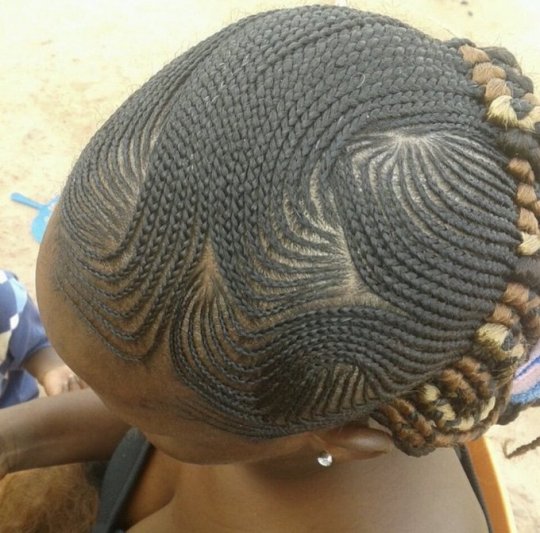
Braids by Hawa via Sara Mathiasson
140 notes
·
View notes
Text
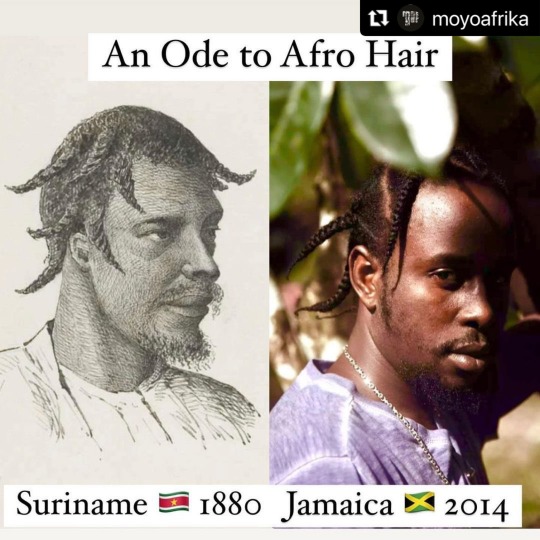

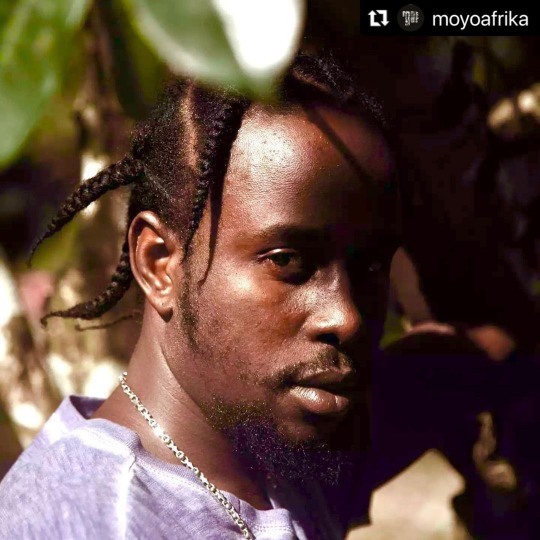
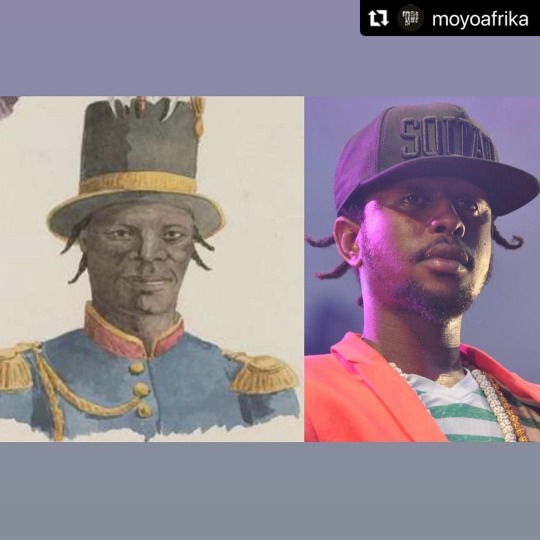


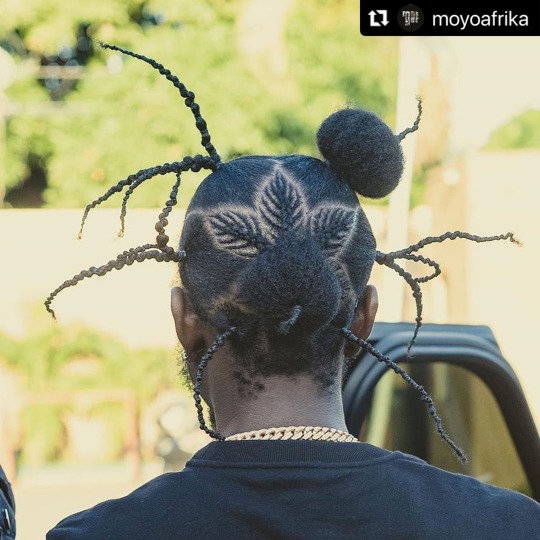


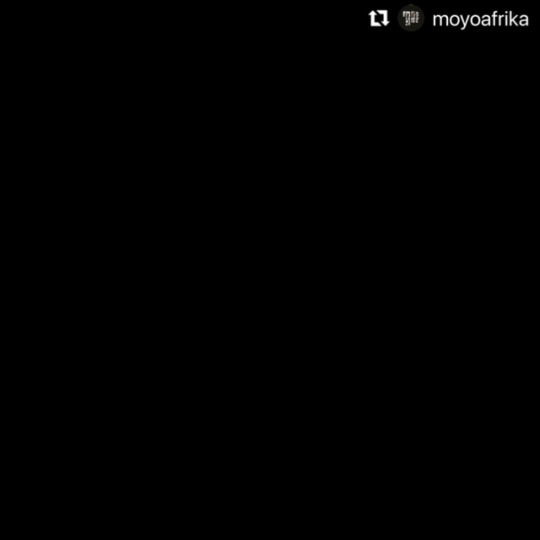
#african#afrakan#kemetic dreams#brownskin#afrakans#africans#brown skin#african culture#afrakan spirituality#deep reddish brown skin#jamaica#african hair#african head charge#african hair braiding#african hairstyles
57 notes
·
View notes
Text

#koroba hair#koroba#koroba braids#koroba hairstyle#hair blog#hair#african hair#african hair braiding#african braids#african#africa#pretty#pretty hair#cornrows#@noirhairsa
4 notes
·
View notes
Text
Hair braiding Port Orchard
African hair braiding is an incredibly versatile and protective way to change up the hairstyle. Hair braiding is very popular with women having long hair and are often spotted wearing braided hairstyles. There are numerous designs available to braid Hair braiding Port Orchard. It can vary in size, shape and is often being used to identify different tribes. When the scalp tends to be more sensitive to tension than a more natural look at the root, can be done by trying knotless braids. Some of the box braid installations will wrap the extension hair around strands at the root to create a knotted effect.

#Hair braiding Port Orchard#African hair braiding#African hair#Hair braiding and weaving#hair braiding
3 notes
·
View notes
Text

5 notes
·
View notes
Text
Cultural Elegance: Exploring the History of African Hair Braiding
African hair braiding is more than just a hairstyle; it's a powerful cultural expression that spans centuries and continents. The intricate art of braiding hair holds deep significance within African communities, serving as a form of communication, artistry, and tradition. This article delves into the rich history of African hair braiding, highlighting its cultural significance and evolution over time.
A Link to the Past: African hair braiding has its roots deeply embedded in the continent's history. From the ancient civilizations of Egypt and Nubia to the various ethnic groups scattered across the vast African landscape, braiding has been a way to signify one's age, social status, marital status, religion, and even tribe. In ancient Egypt, for instance, hieroglyphics depict individuals with elaborate braided hairstyles, emphasizing their societal roles and cultural affiliations.
Cultural Symbolism: Hair braiding in Africa isn't merely an aesthetic choice; it's a form of cultural storytelling. Different braiding styles often carry specific meanings that are understood within the community. For instance, some braids indicate the passage from childhood to adulthood, while others denote mourning or celebrations. The intricate patterns and techniques used in braiding can also represent a person's connection to nature, ancestors, and the divine.
The Transatlantic Journey: During the transatlantic slave trade, African traditions, including hair braiding, were forcibly transported to various parts of the Americas. Despite the hardships, enslaved African people managed to preserve and adapt their cultural practices, including hair braiding, as a means of asserting their identity and resilience. Braiding became a way to maintain a sense of community, heritage, and individuality in the face of adversity.
Modern Resurgence: In recent decades, there has been a resurgence of interest in African hair braiding. The appreciation for its intricate beauty, cultural significance, and historical importance has led to a global fascination with different braiding styles. Celebrities, fashion icons, and individuals of all backgrounds have embraced these styles, often showcasing them on red carpets, runways, and social media.
Challenges and Triumphs: While the popularity of African hair braiding has grown, there have also been challenges. In some Western societies, these styles have faced discrimination and bias, with people being told that their natural hair or braided styles are "unprofessional." However, activists and advocates have been fighting for legislative changes to protect individuals' right to wear their hair in its natural state or in traditional braids.
Preserving Cultural Heritage: African hair braiding is not just a trend; it's an essential part of cultural heritage. Efforts are being made to ensure that this art form is respected and understood in its proper context. This includes educating people about the history and significance of braiding and supporting African communities in maintaining and passing down this tradition to younger generations.
Conclusion: African hair braiding stands as a testament to the enduring power of culture and human expression. From its ancient origins to its modern resurgence, braiding has transcended time and space, carrying with it stories of identity, resistance, and artistry. By exploring the history of African hair braiding, we gain a deeper appreciation for the cultural elegance that continues to shape the world of beauty and self-expression today.
0 notes
Text
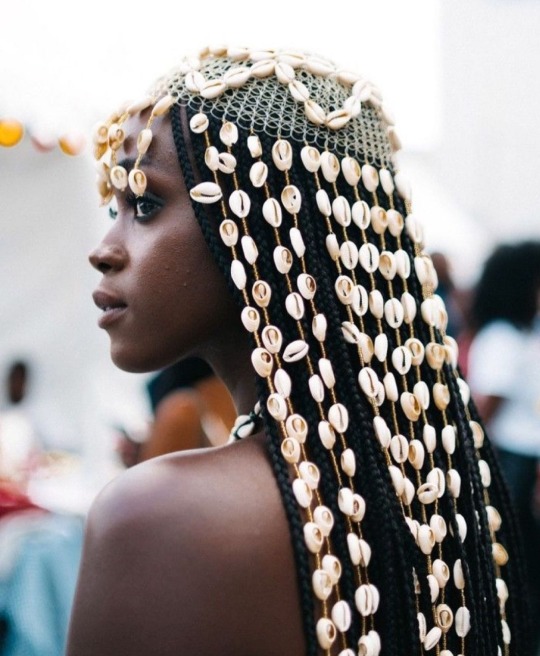
#african hairstyles#black women#black hair inspiration#black hairstyles#black hair#black woman appreciation#african women#african hair braiding#braided hairstyles#braids#plaits
777 notes
·
View notes
Text

By Eliot Elisofon, Congo
312 notes
·
View notes
Text
#Hair Braids for Girl#Hair Braids for Girls#Hair Braids#Hair Braids Sydney#hair braiding#african hair braiding styles#african braids sydney#african hair braiding#african braids#hair braids#braids sydney#braids
0 notes
Text
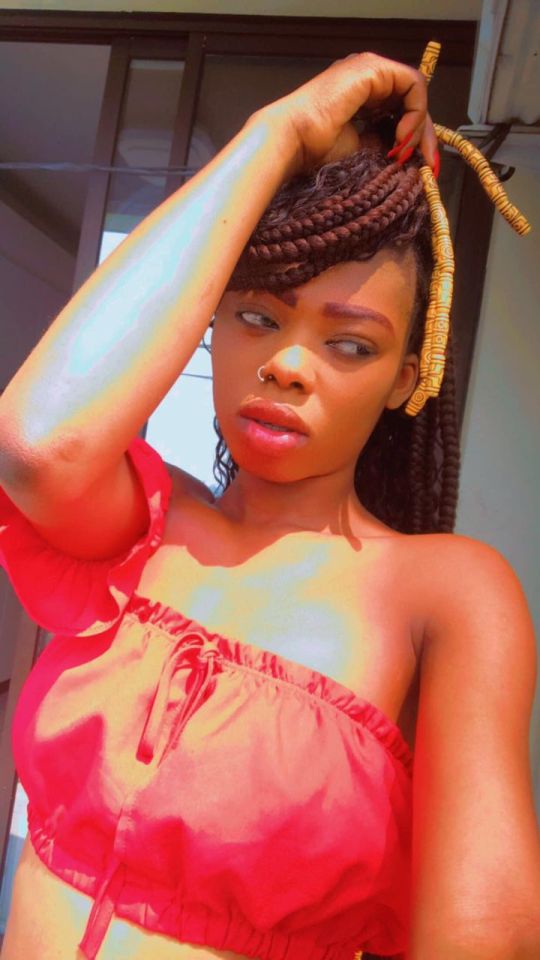


Coral+ Red + Green colours in Africa from Congo to Tanzania. Love it!
#african style#african beauty#african women#african fashion#dark skin beauty#afro sexy#tanzania#congolaise#congolese#dr congo#african hair braiding#african hair#curls#curly hair#big and beautiful
7 notes
·
View notes